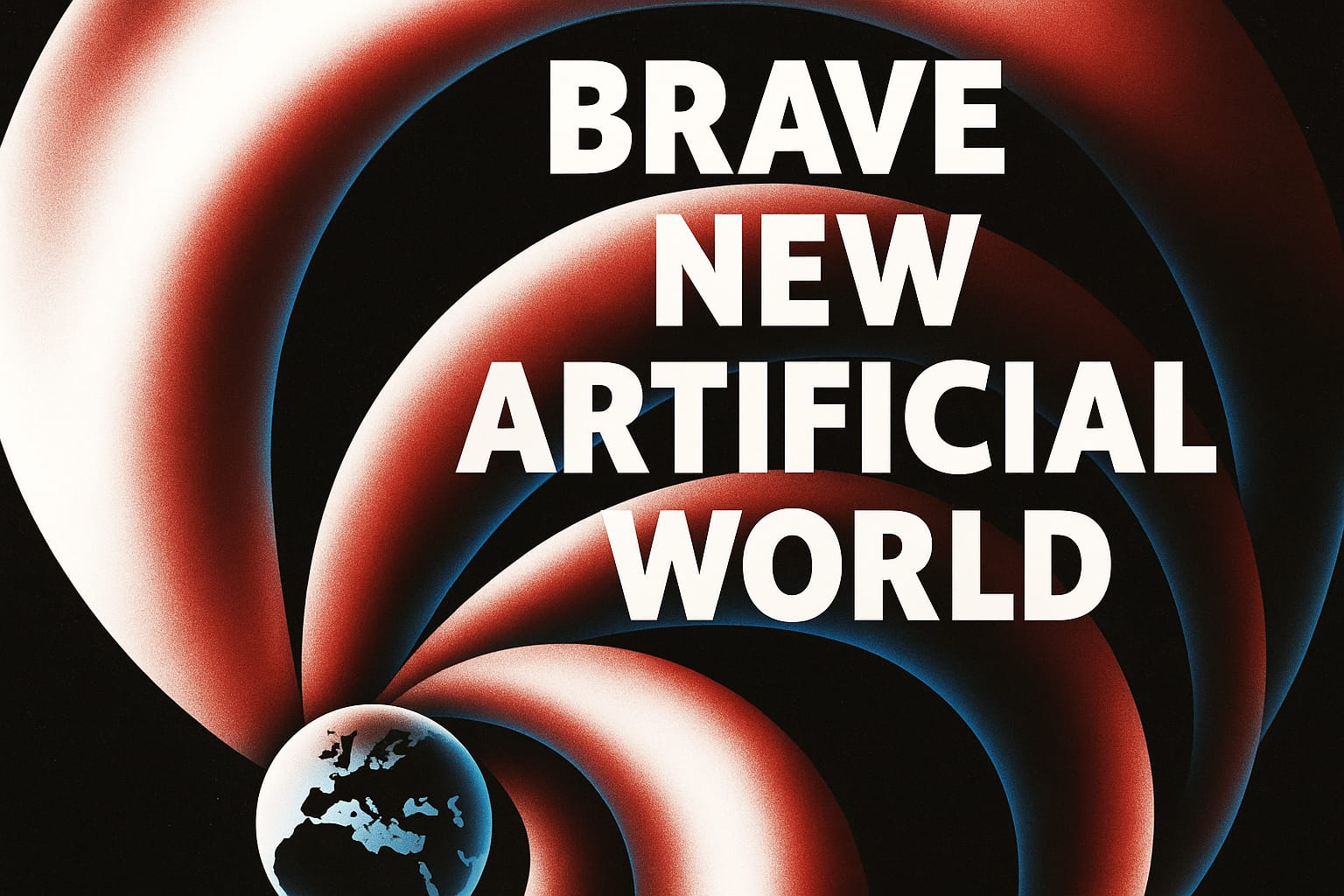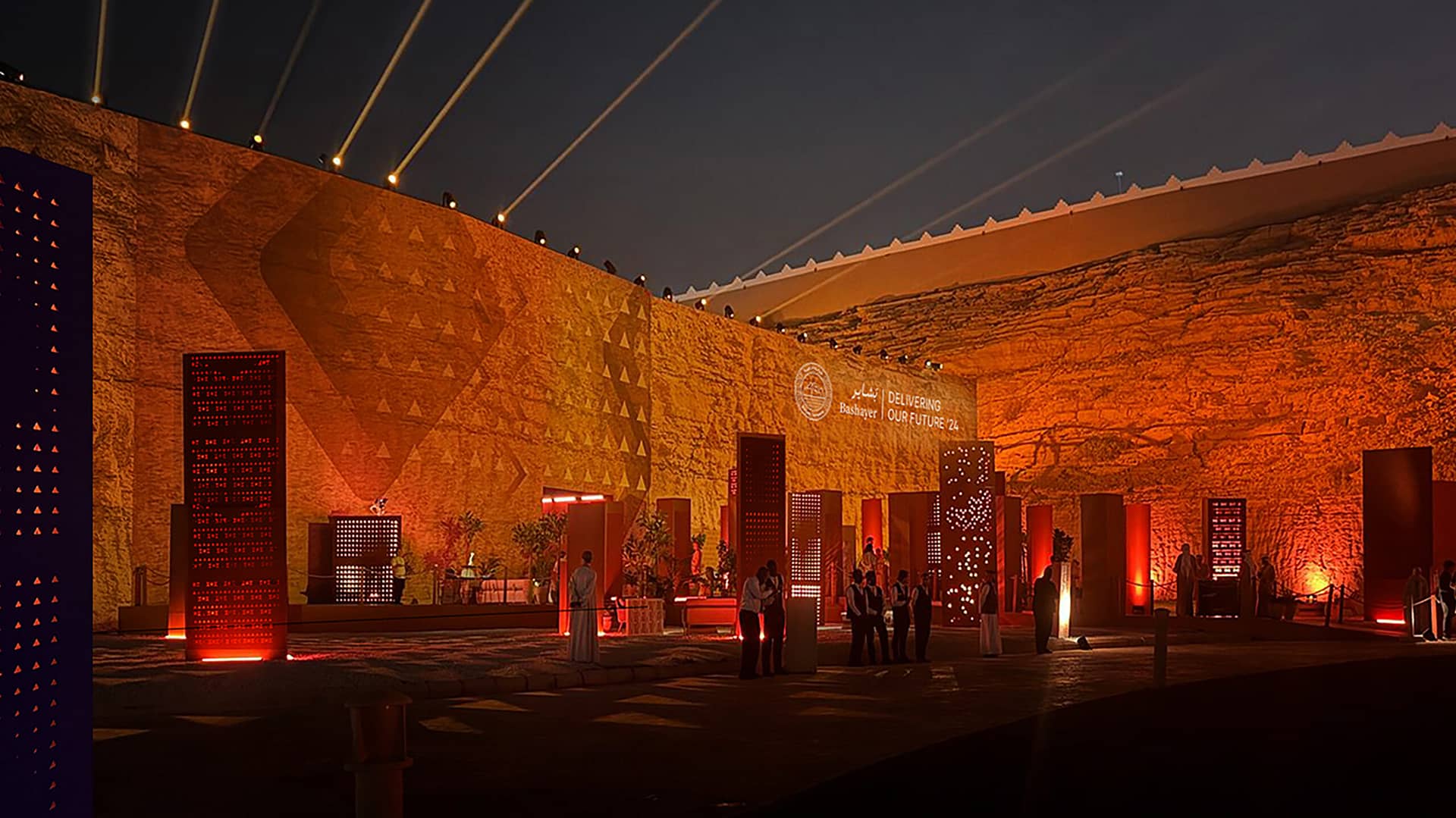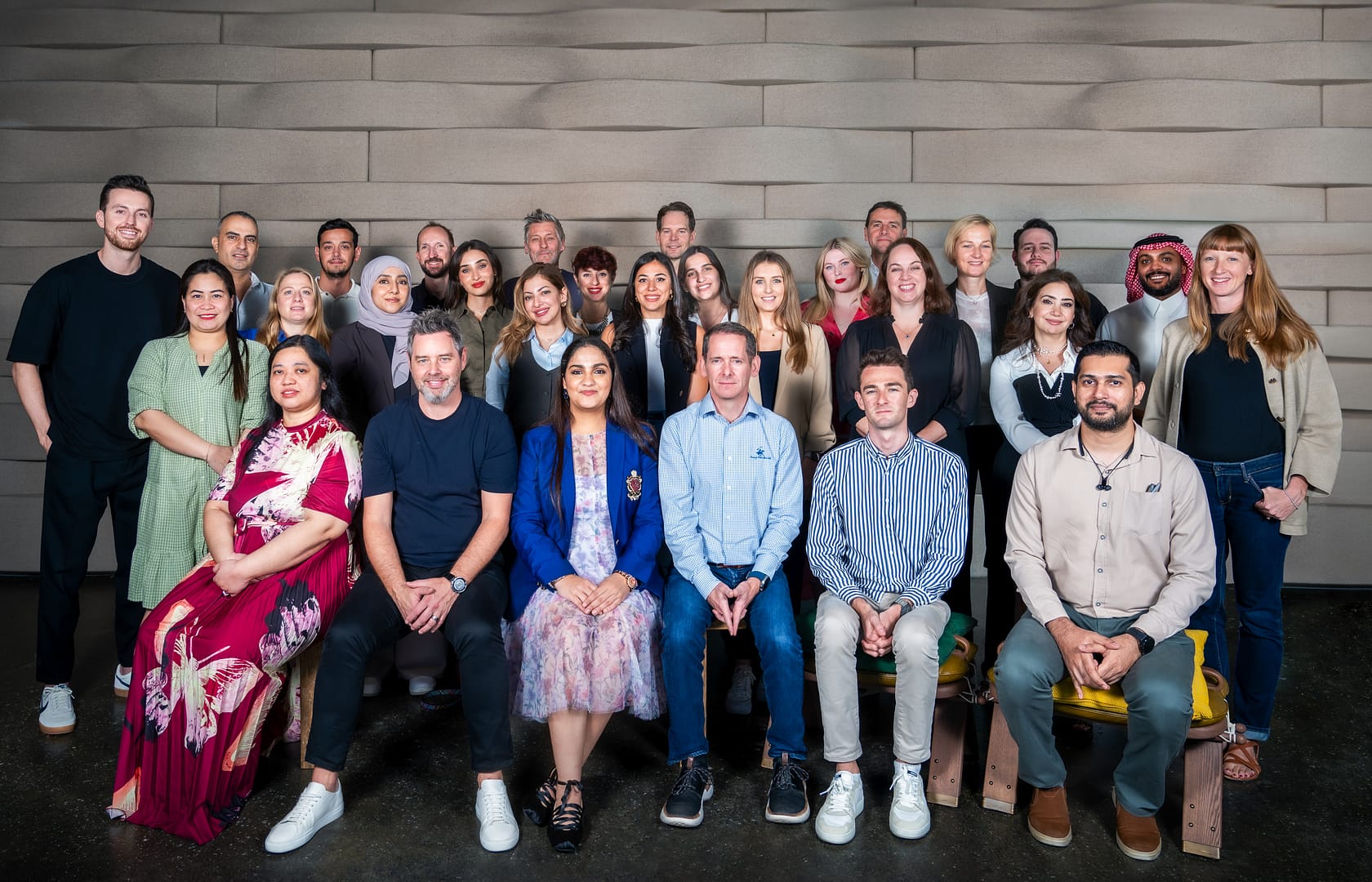
This article first appeared in Campaign Middle East written by, Sidra Fareed, Junior Strategist from our Dubai studio.
In the past, discovering new information was like finding gold in a river. Be it a scientific breakthrough or learning about different cultures, people craved knowledge.
Today, we live in an era where information is not just abundant; it’s overwhelming. Add to that the rise of AI, which can gather massive amounts of data for comprehensive studies, and we find ourselves drowning in a sea of information.
This shift has fundamentally changed how we consume information. Consumers today are no longer the eager knowledge seekers they once were. Instead, they have become discerning and selective. They’ve learned to filter and fragment the vast amounts of information available to them, deciding what to take in for their specific needs.
Moreover, they question the authenticity of the information they encounter, no longer trusting everything at face value. This shift has given rise to what we now call the “curator economy”.
What this means for brand experiences
In this environment, brands face a challenge in connecting with consumers. It’s no longer enough to offer something new or flashy – they are already bombarded with new ideas and products through targeted advertising.
Instead, brands need to become so good at understanding and providing what consumers desire from time to time, that they become a top choice for their evolving tastes.
To understand how to become a top choice for every taste, what’s better than to look at the ultimate authority in taste: Michelin Star ratings.
The ‘Michelin Star’ guide to becoming the taste of your customers
Michelin stars are not awarded to restaurants for simply having good food. They are given to establishments that consistently deliver on the core values that define a great customer experience.
These values include the quality of the product, the mastery of the craft, the personality of the creators, the value provided to the consumer, and the consistency of the experience.
The good news is that these criteria can be applied to brands as well.
Quality products with quality ingredients
This refers to the core offering – the substance and character of the event, installation, or campaign that the audience engages with. For example, for the launch of Jaguar’s first-ever electric SUV, the core product wasn’t just the cars on display; it was the storytelling, the immersive technology, and the gravity-defying stunts that mirrored the ambitious nature of Jaguar. As creators of such experiences, agencies must ensure that every single element – be it the digital interface or the physical decor – aligns with the brand vision.
Provide both real and perceived value
In Michelin inspections, value refers to the experience’s worth relative to its cost. For brands, this is about creating experiences that offer high emotional and perceptual value to the audience in comparison to the invested time, money, and attention. A good trick is to ‘promise the good and achieve the exceptional’ with your experiences. Leave surprises for attendees to discover on site and make use of personal engagements with product designers or even hands-on interactive sessions so that your customers leave the venue with a lot more than just knowing about a glamorous brand collaboration.
Michelin star mastery of craft
Just as a chef must balance different flavours in his recipe, the agency must not only balance its own event’s visual, auditory, and technical aspects; but also coordinate with the brand’s marketing teams to ensure that all kinds of customer experiences don’t overshadow each other but rather create a cohesive, compelling story. For example, in the summer of 2024, while Samsung’s social media highlighted the Galaxy AI’s powerful features, the brand brought this to life at the Vivid Festival in Sydney. With the help of Galaxy AI, it used audience messages, translated them, and displayed them as fragments of light in an immersive art installation. That’s the power of mastered craftsmanship.
Build a strong image for the creator
The ‘personality of the chef’ in Michelin’s criteria reflects the unique style and vision a chef brings to their cuisine. For brand experiences, this means understanding not only where the brand wants to go (its vision) but also where it stands right now (its personality). If your agency is working with a fashion brand like Patagonia, your experiences should be a natural extension of things that the brand is already claiming to its customers. Patagonia doesn’t limit itself to one way of being sustainable, and neither should your campaigns – whether it’s entertaining workshops on sustainable living or VR tours of endangered habitats, the closer you get to replicating the brand DNA, the stronger the brand image.
Show ‘Michelin star’ consistency
In Michelin’s criteria, consistency refers to a restaurant’s ability to deliver the same high quality of food and service across multiple visits. For brands, this translates to how reliably and predictably they can deliver a seamless experience across various touch points. Customers should be able to anticipate the kind of feeling they’ll get from your experience, even if each encounter is unique. For example, IKEA ensures that whether you’re browsing their website, walking through their store, or even assembling their furniture, you feel the same sense of simplicity and warmth.
Remember, just like Michelin Star-worthy restaurants, it takes time and repeated efforts to build a strong presence in people’s minds – and even more strategic thinking to maintain it.
To become the taste of society, brands must first understand the palate of the people. It’s not enough to serve; you must savour the journey with them. To truly become unforgettable, you must be willing to listen and adapt – at all times, and in all places.
As consumers grow wiser, so too must brands. The real question is: If taste is the new currency in an oversaturated market, then how delicious is your brand?


